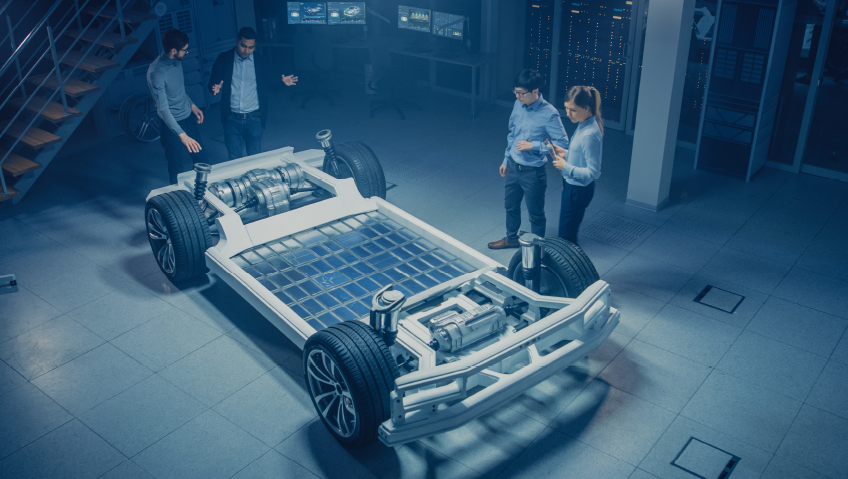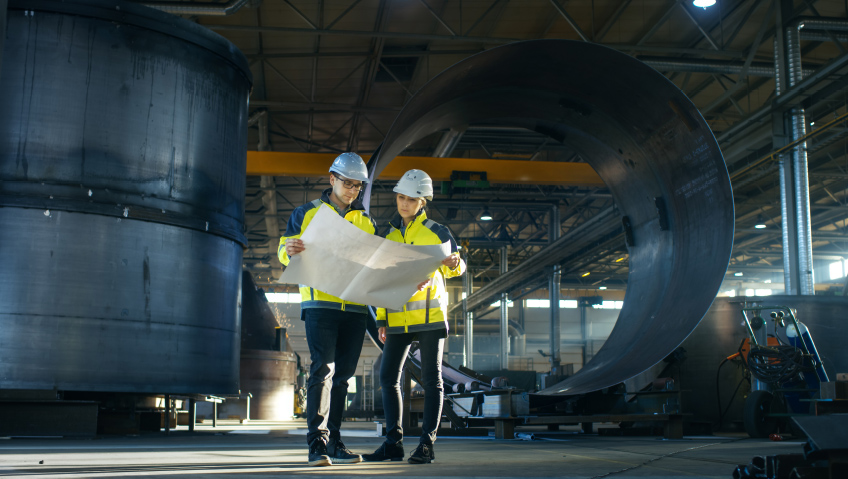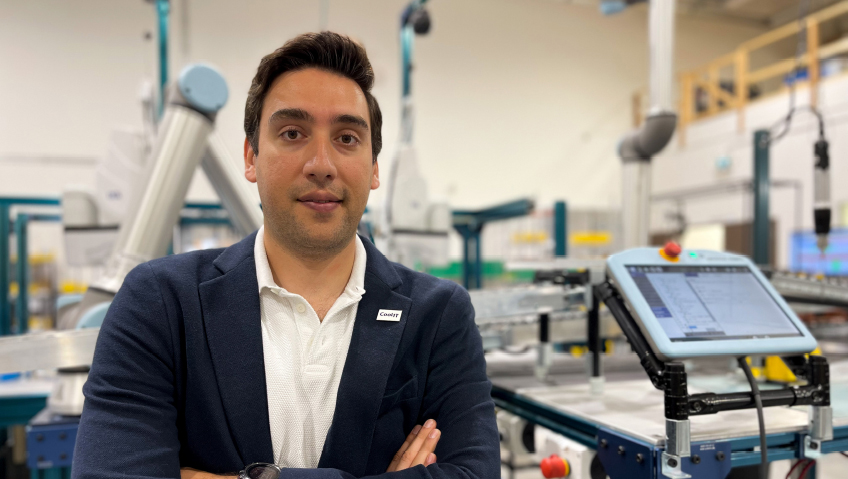What do iron, sodium, thin air, and a very special form of sulphur have in common these days? Believe it or not, all three hold the key to the future of power storage.
Happy accidents happen, even in laboratories. Or, should I say, especially in laboratories? From Vaseline to Viagra – with matches, microwaves, the color mauve, and many other discoveries in-between – science is no stranger to the indomitable spirit of serendipity. A notion that once again proved itself when researchers at Drexel University in Philadelphia, Pennsylvania, recently made an entirely novel discovery known as monoclinic gamma-phase sulphur. And that’s not all. Various new battery technologies are about to set the world of energy storage – and technology – on a new trajectory.
As recently as a year ago, there remained but one caveat between the best intentions and most green energy storage technologies being entirely earth-safe. Enter lithium-ion batteries. Powering everything from mobile phones to electric vehicles (EVs), these light-weight, versatile batteries come with a hefty price tag – both environmentally and, in some cases, in human rights violations with poor working conditions and child labour being huge concerns. But not for much longer.
Suddenly, Drexel’s lithium-sulphur discovery is here to take the world to the next frontier in its search for ethical and environmentally safe power storage units. What is more, as the race to run electric vehicles (EVs) across increasingly longer distances continues, lithium-sulphur could perhaps become a placeholder for the dawn of even better, commercially available sodium-sulphur batteries. Because, according to Drexel University’s research, sodium-sulphur currently appears to be the next step toward global energy freedom as it would contain even fewer contaminants and more readily available compounds that are easier to extract. That will, eventually, not only mean simplifying but also securing supply chains and significantly reducing the cost of battery manufacturing.
But here, too, exists a caveat. Currently, safety concerns around the combustion properties of sodium-sulphur are slowing down commercial prospects. While Ford, the global automotive leader, is reported to have experimented with sodium-sulphur battery technology in the 1960s already, it is on record to have caused a fire in Japan in 2012. That brings us back to the exciting set of benefits that lithium-sulphur proponents are currently marvelling over – and that includes safety.
As the pressure increases to get truly green energy storage units into products like EVs to wean homo sapiens of its fossil fuel addiction, monoclinic gamma-phase sulphur appears to be as good as a miracle. One that entirely changed how we will do batteries in the future. As the compound only comes into existence in this form at temperatures over 95 degrees Celsius, or 203 degrees Fahrenheit, researchers were surprised to find it fully developed at room temperature. Suffice it to say scientists are working around the clock to explain the new phenomenon. Proving to be the final hurdle in creating a lithium-sulphur battery of this quality, Drexel’s team consequently developed a “carbon nanofiber cathode substrate” meant to keep the compound stable in battery form. Which now appears to be a catalyst for the chemical process that led to the discovery.
Readers may wonder what the fuss is about if these batteries would still contain lithium – and rightly so. While the hard science is freely available for anyone to study in-depth, the everyday implications of monoclinic gamma-phase sulphur-boosted lithium batteries are revolutionary in their brilliance. The winning factor is that sulphur, in this form, is more stable when combined with lithium, stopping what scientists call a poly-sulphide reaction typical to sulphur in its simplest form. It significantly improves the performance, weight profile, and lifespan of the new wave of lithium-sulphur batteries. And it is more readily available. That means we do not have to go very far at all to source it or do as much damage to the planet to remove it.
In February this year, a statement by research leader, Vibha Kalra, Ph.D., George B. Francis Chair professor in Drexel’s Department of Chemical and Biological Engineering, shed some light on the matter. “Sulphur has been highly desirable for use in batteries for [some] years. [Because] it is earth-abundant and can be collected in a way that is safe and environmentally friendly. [And] as we have now demonstrated, it also has the potential to improve the performance of batteries in electric vehicles and mobile devices in a commercially viable way,” he said.
Doubled longevity to that of lithium-ion batteries at one-third of the weight is set to now drive electric vehicle sales as prohibitive replacement costs can, at last, become a thing of the past. They are cheaper to manufacture and charge up just as quickly – if not quicker – than their existing cobalt-boosted forerunners. The lower weight of lithium combined with monoclinic gamma-phase sulphur also means that such batteries should, in theory, make it possible for light aircraft and even certain types of water-faring vessels to run on electricity. In addition, a reduced fire risk exists with this compound in contrast to the hazards posed by lithium-ion in our existing rechargeable batteries. The product should become available for purchase as soon as research satisfies mass producers’ standard stability and safety concerns around monoclinic gamma-phase sulphur in lithium-based batteries.
But even with these advances, there remain big questions. How do we store power generated by wind turbines, solar panels, and the like? Recent reports tell us that one day last year, for a very brief moment, California’s alternative energy sources generated just shy of 100% of the state’s total grid load. Short of gargantuan efforts like hooking the world up to “intercontinental distributed smart grids” that are currently being developed, even on that scale, batteries remain the best storage option of electricity at present.
To this end, Somerville, Massachusetts-based firm, Form Energy, released a fine solution to the lithium-ion issue focused on long-term large-scale energy storage. Rechargeable iron-air battery technology. Even though the concept has been around for some time there have – up until now – not been sufficient economic drivers to spur its development. “The electric grid now faces a challenge: how to manage the multi-day variability of renewable energy without sacrificing reliability or cost. We are developing a multi-day energy storage technology that will enable the grid to run on low-cost renewables year-round. Our pioneering battery technology will reshape the global electric system and give it new form,” the company states on its website.
In a wider sense, one could describe the Iron-air batteries as based on bio-mimetic innovation for mirroring the respiratory action of living things while relying on a reversible rust cycle to be effective. While energy is drawn from the unit, it transforms iron into rust through oxidation – during which it pulls air from outside into the cell. Then, as it charges, electricity reverts rust into iron as the cell releases air.
This new iron-based product claims 100 hours of reliable energy storage during grid failures or drops in supply due to natural changes in weather patterns or technical issues. It also mentions “deep decarbonization” as one of the benefits of its product, listing multiple motivations such as zero need for thermal power generation or new wires – alongside an overall earth-friendlier battery.
Ultimately, lithium remains the current go-to metal for batteries in the foreseeable future. As a result, it continues to power the world, with market projections foreseeing a rise to around $99 billion – and more – over the next three years. Yet, the price future generations will pay for our use of this material is not worth it. And so, we continue to follow the development of more sustainable, ethical batteries with bated breath.






